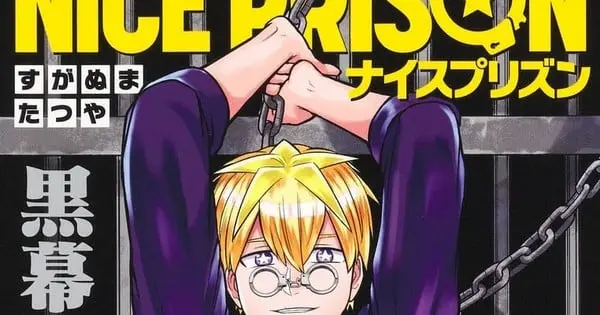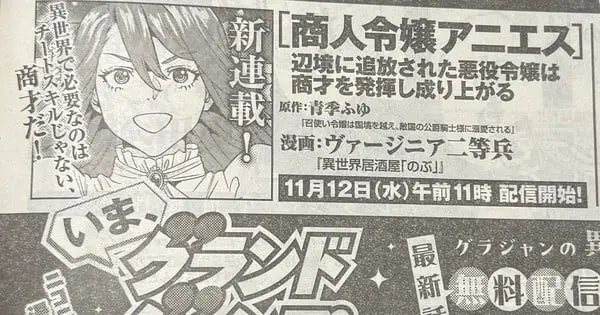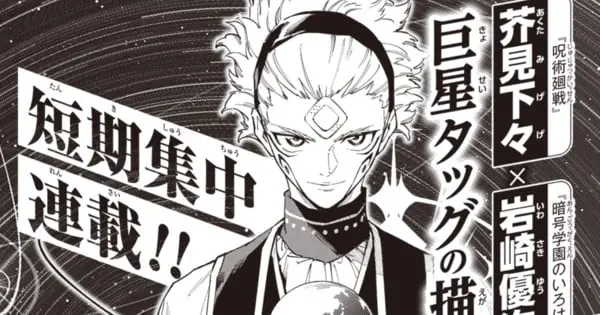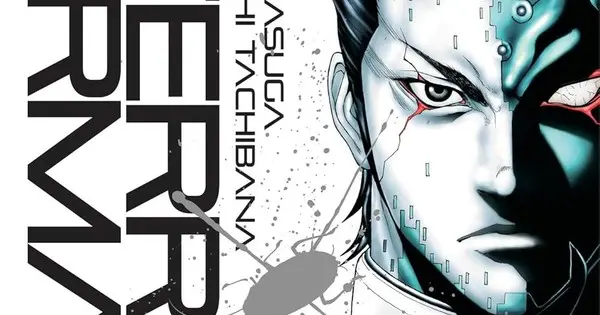Hiroshi Takahashi’s Jank Runk Family manga is set to conclude with its 20th compiled book volume, which is scheduled to ship on January 13. The series will wrap up its serialization in three chapters, culminating in its final arc titled “Ningen VS Kurome Gundan-hen” (Human vs Kurome Army Corps arc).
The End of an Era for a Crossover Series
The announcement of the manga’s impending conclusion was revealed in this year’s 22nd issue of Akita Shoten’s Young Champion magazine on October 28. Jank Runk Family, which began serialization in Young Champion in September 2016, is a significant title for fans of creator Hiroshi Takahashi, known for his gritty action series.
The manga is notable for being a crossover with the OREN’S manga, a series Takahashi launched with artist Yanse Kazu in September 2015 in Akita Shoten’s Bessatsu Young Champion magazine. OREN’S explores a post-disaster world and the struggles of its survivors.
A Multi-Part Narrative Journey
Jank Runk Family has unfolded its narrative across multiple distinct parts. The first part concluded in March 2018, followed by the second part’s conclusion in August 2019. The third part, which began in April 2020, wrapped up in May 2022. Subsequently, the manga’s fourth part commenced with the release of its 12th volume in December 2022, and the final “Ningen VS Kurome Gundan-hen” arc began with its 14th volume in November 2023. The 19th volume of the series shipped on September 19.
Takahashi’s Enduring Legacy in Manga
Hiroshi Takahashi has a long-standing reputation for creating influential action manga. His most famous work, Crows, ran for 26 volumes and gained a dedicated following. Its sequel, Worst, was partially published in English by Digital Manga Publishing.
The Crows universe also expanded into other media, inspiring a two-episode anime OVA adaptation titled Kōkō Butō Den Crows in 1994. Furthermore, Crows led to three live-action films, with Takashi Miike directing the first two, Crows Zero and Crows Zero II. The third film, Crows Explode, premiered in Japan in April 2014. These adaptations underscore the significant impact of Takahashi’s work on popular culture.










